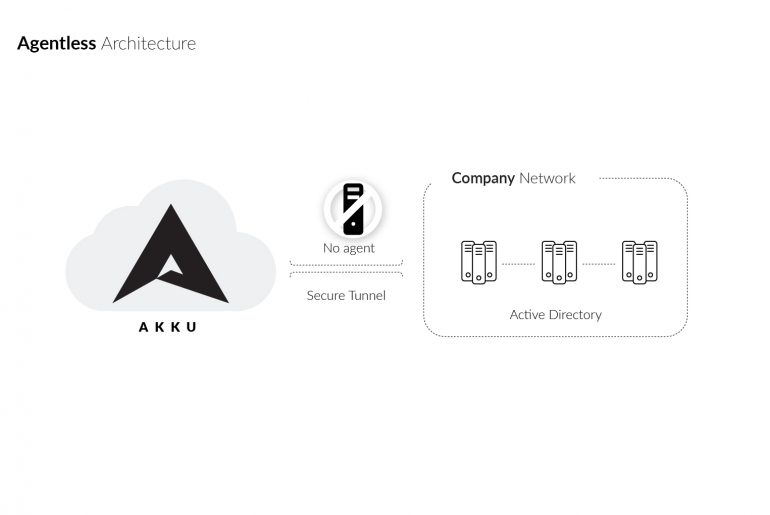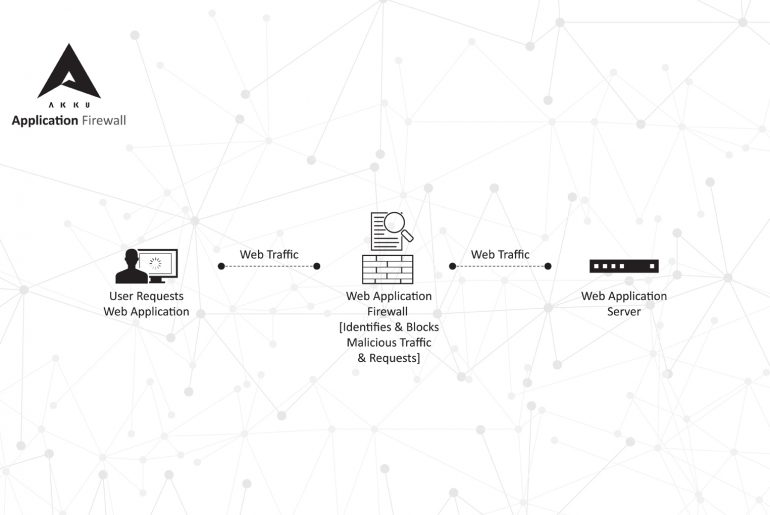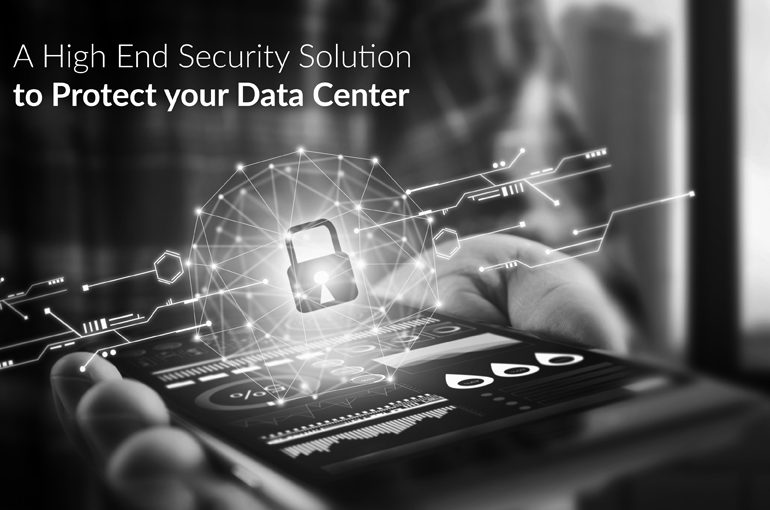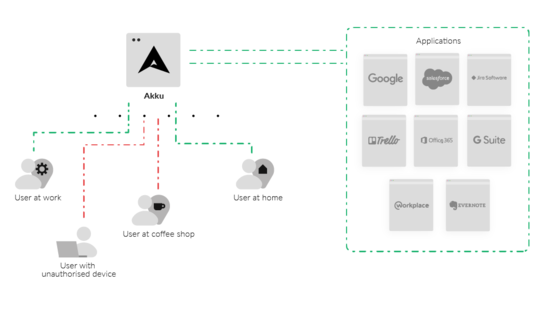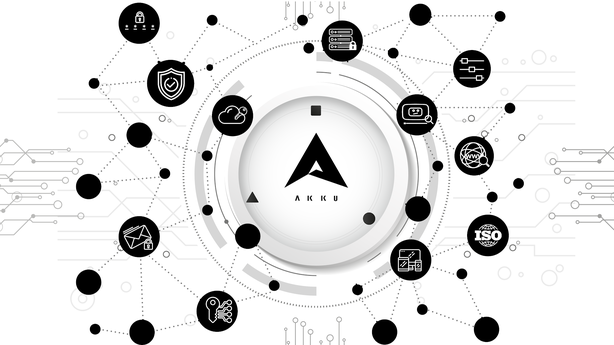Most IAM tools utilize browser extensions or applications installed on the end-user’s machine, or on an Active Directory, for access to identity. But why?! A user can be identified even without an agent – so having an so-called ‘lightweight agent’ sitting in your Active Directory itself is not the most secure way to manage user identity.
Whenever you create a dependency to achieve a particular solution, it is important to ensure the solution is 100% secure and that applies for the dependencies (Agents) too. This could make the architecture slightly complicated, depending on how it works.

